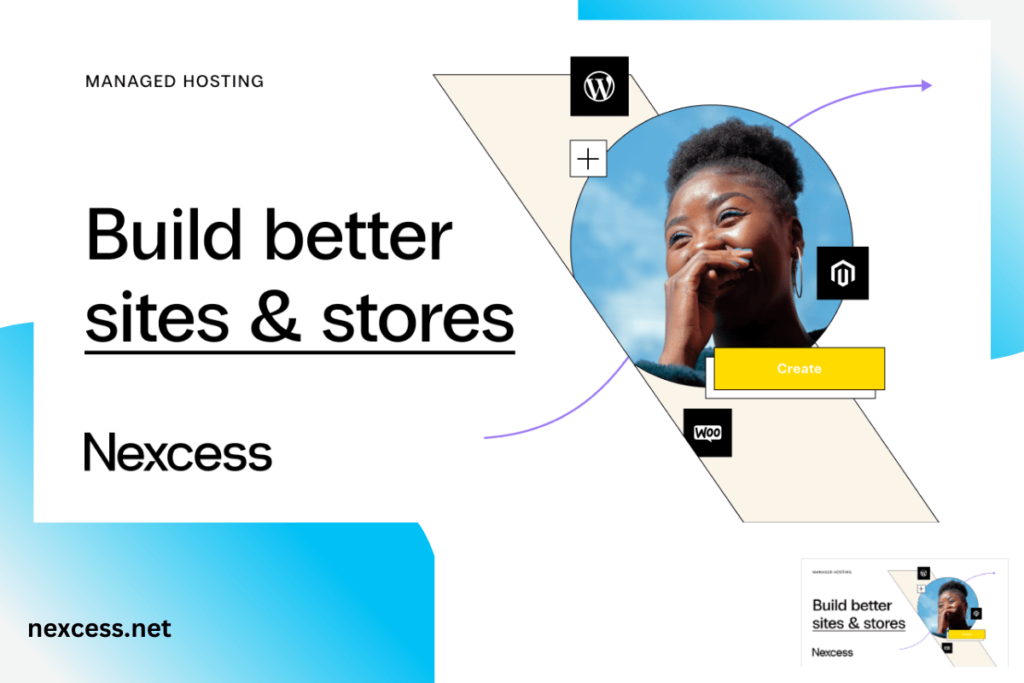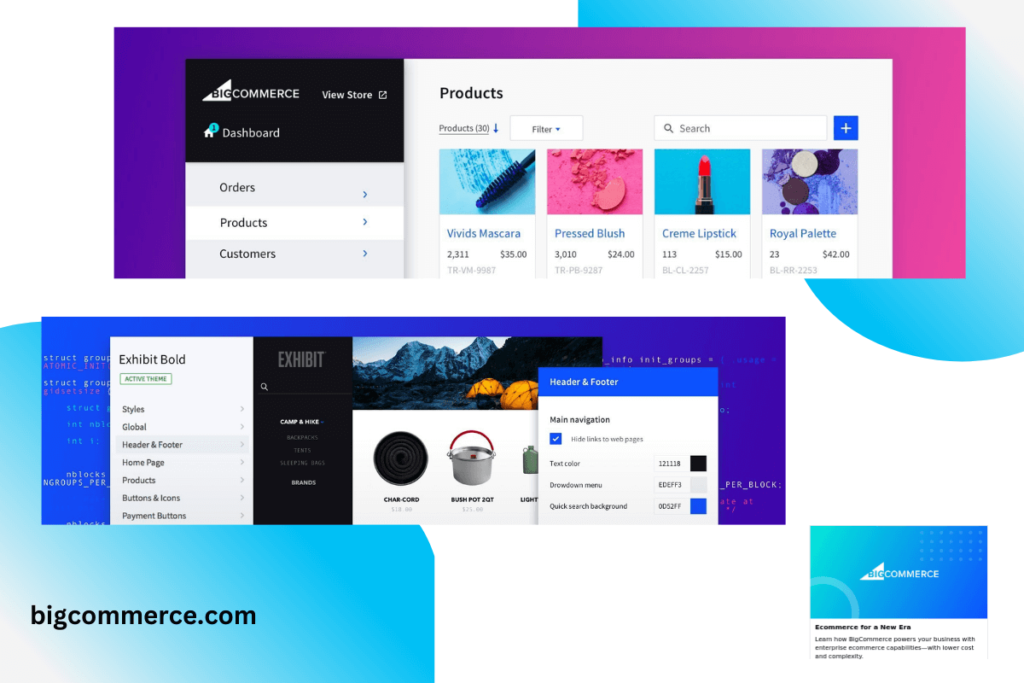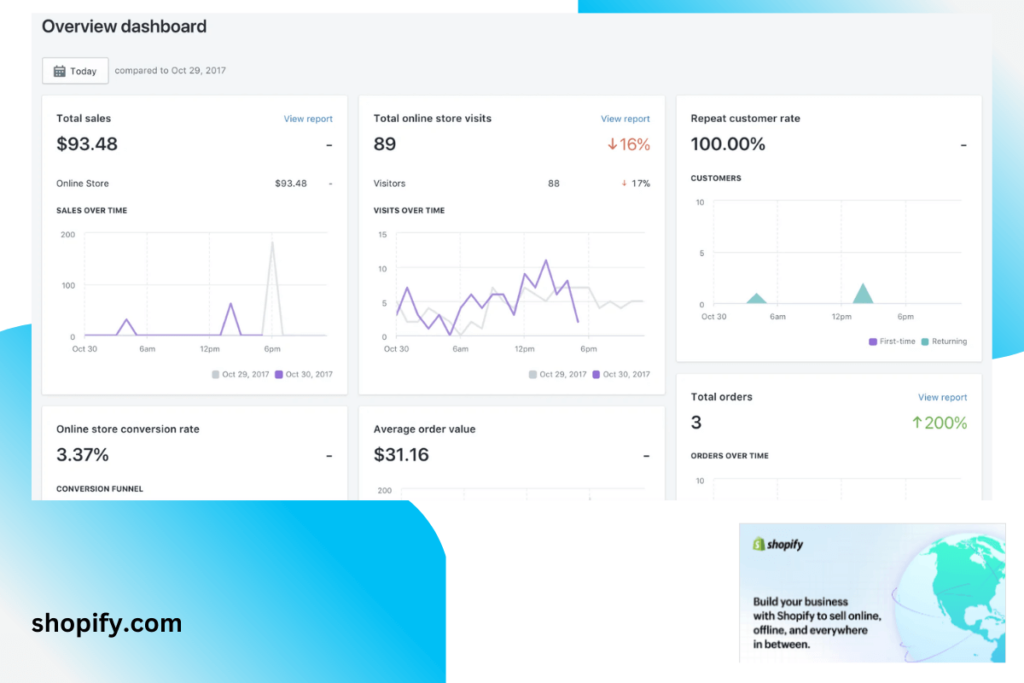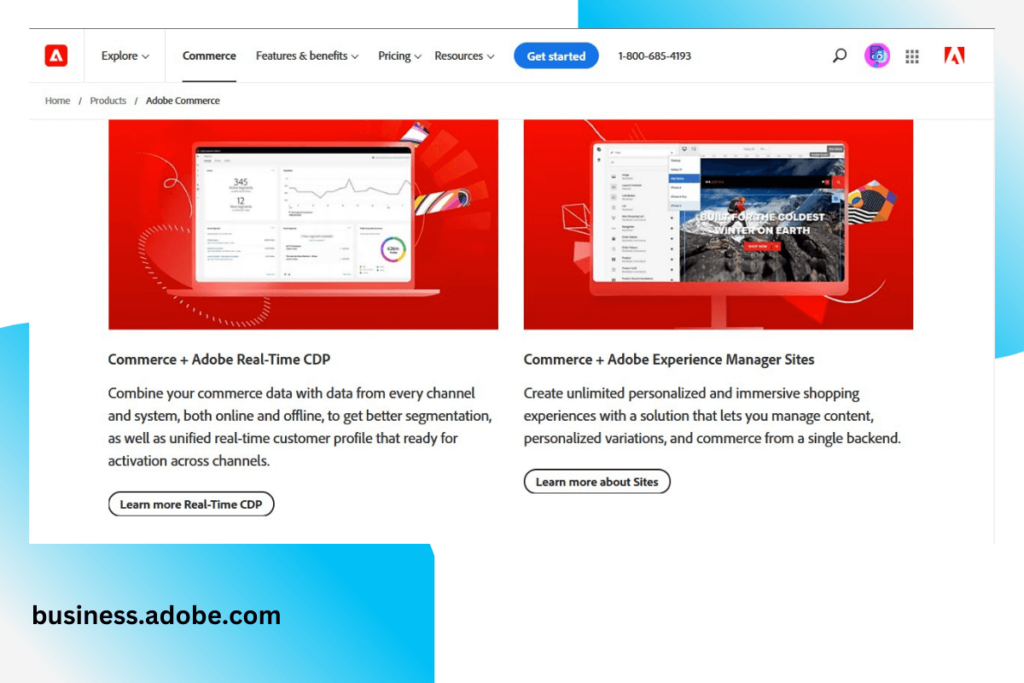Want to cut right to the case? The best ecommerce platform for fashion is Nexcess StoreBuilder.
Fashion is all about style, trends, and fulfillment. You need to stay up to date with all the latest trends to have a business that’ll succeed in today’s modern world. To be successful as a retailer, you need to know what consumers want and be aware of how the market is changing. This article will explore some of the best eCommerce platforms for fashion retailers and explore what benefits each has for fashion retail.
Why do you need an e-commerce platform for your shop?
Well, it’s pretty simple, really. Every online shop needs a platform to thrive. It’s the backbone of your business, and without one, you simply can’t sell anything online.
You need to ensure your shop looks great, works well, and is easy to use. All of the best eCommerce platforms for fashion have been user-friendly designed with retailers in mind. They keep you up to date with what your customers are interested in and give you a way of reaching more people through social media integration.
What are some things that you should consider when choosing an e-commerce platform?
Choosing the right eCommerce platform for your shop is vital to the success of your business. Many different factors need to be considered during the selection process.
Design – First and foremost, you want a platform that looks good. Your brand’s identity is critical in today’s marketplace, and having an unprofessional-looking shop will hinder your sales potential considerably. In addition, while this may seem obvious, you want a platform that complements your products in terms of aesthetics.
For example, if you sell shoes, the platform where they are sold should compliment them. However, if you sell bags or jewelry, your choice of a shopping cart gives the impression of luxury and sophistication.
The platform should also be easy to use and navigate for both customers and the staff responsible for maintaining your shop. This is particularly important when running a business on a very tight budget or with limited staff resources.
Back end – The back end is probably the most important part of any eCommerce platform – it’s what makes everything else possible! It’s also probably the least talked about feature amongst most users. The back end of your platform is essentially the part of your system where all the data for each item is stored.
You’ll also need to consider which kind of back end you’d prefer – a cloud-based solution or a traditional database. Cloud-based options are obviously more flexible and easier to use, but you may also be liable to pay more monthly unless you make sure that you have a sufficient amount of storage space. It’s essential to be wary of hidden charges when choosing a database-based solution, as these can often come with hidden charges too.
It’s also important to consider the level of support you’ll have if issues arise. You’ll want a platform that will be able to help you should any problems occur with your platform, as they can become very problematic if left unaddressed.
Pricing – Pricing is another crucial factor when choosing an eCommerce platform. The cost varies considerably from one platform to the next, and it’s important to choose one that meets your business needs and fits in with your budget. This is especially important when you are trying to establish your business and want to ensure that you don’t overspend on something that isn’t really necessary.
Now let’s turn our attention to the top five e-commerce platforms for fashion stores:
1. Nexcess StoreBuilder

Nexcess StoreBuilder is a fully complete WordPress ecommerce platform that manages almost all of the steps necessary to conduct business with a consumer. It manages transactions, speeds up checkout, and refreshes orders.
Any non-technical person may easily maintain their website using Nexcess optimal and user-friendly website administration environment. It also feature blogs, skillset, and video tutorials that you may use for nearly any store-related issues.
Here are some of the benefits of using StoreBuilder:
- Unlimited Products
- A safe space that improves performance
- 30 Day Policy for Refunds
- Update Plugins Automatically
- Strong Analytics Data
Here are a few of the disadvantages of using StoreBuilder:
- A Little Pricey for Beginners
- No email account
- No demo accessible prior to account setup
2. BigCommerce

BigCommerce is an eCommerce platform that features a collection of tools and design elements. It allows you to customize your website’s layout in a variety of ways as you see fit. It can also manage your stock, create a shopping cart, and integrate with several eCommerce platforms.
The BigCommerce platform is compatible with leading eCommerce platforms, including Amazon Pay and PayPal. Also, it can accommodate more than one store at once, which means that you can sell various types of products using one single platform.
The platform is also equipped with various features that enable you to run your online store the way you want to. It includes a comprehensive library of themes, payments gateways, and a detailed reporting system that provides you with up-to-date information on your sales.
Some of the benefits of using BigCommerce include:
- Easily integrates with leading eCommerce platforms including Amazon Pay, PayPal, Shopify, eBay, and Etsy.
- Features a secure payment module so that you can send credit card information to your customers through a safe and secure channel.
- Allows you to combine multiple stores into one platform, which means that you don’t need separate platforms for each product category.
- Features a powerful reporting tool that allows you to track the performance of your business easily.
- Includes extensive design options which allow you to alter the layout of your website as well as its color scheme.
A few of the drawbacks of using BigCommerce are:
- As there’s no built-in CRM or email marketing, you will need to integrate separate platforms for these functions.
- The fee structure only offers tiered pricing, meaning that if you have a high volume of sales, the cost will increase by a large margin.
- If you use the mobile app, you will not be able to add or edit any products. Only details such as pricing and descriptions will be available as soon as you open the app.
3. Shopify

Shopify is an excellent platform for fashion e-commerce websites. It is incredibly user-friendly and has a great range of features, such as the Shopify App Store, which enables users to extend their website easily and quickly.
If you have no programming or website building skills, Shopify should be your first port of call (and probably your last too) – the setup process is incredibly easy and tons of WordPress themes you can customize to create a professional-looking site with ease.
Having said that, Shopify does have one major drawback – it can be a little overpriced for those just starting out in fashion. You will need to pay for monthly hosting fees and an additional fee per month for each app you use on your website.
Here are a few of the benefits of using Shopify:
- Advanced theme customization
- Content management system
- Simple store manager
- Shipping cost calculator
- Taxes and duty calculator
Offering more than apps, Shopify also offers free training videos so that you can become a pro at using the platform.
Here are a few of the disadvantages of using Shopify:
- Smaller merchants are forced to use one of the default themes
- The standard Shopify plans can be a little pricey for more experienced website builders
- The platform can be a little restrictive in terms of how you add content to your site
4. Magento

Magento is another great platform for fashion merchants. It is a comprehensive ecommerce platform that means that it has all the functionality you would expect from a modern platform and has some customisation features and functionality that make it highly suitable for fashion. So if you are looking to build a fashion website, Magento would be a good platform for you.
Magento is a great choice for those looking to innovate with the platforms they use and go a step further than the standard web designer template. While Magento is an excellent platform for fashion, it is also popular with other brands and industries, including media, sports, music, and more. Magento is highly customizable, but the downside is that there’s a seriously high learning curve involved that can be quite costly.
Here are a few of the benefits of using Magento:
- Unlimited products and options
- Beautiful, fully scalable themes
- Built-in SEO tools and marketing funnels
Here are a few of the drawbacks:
- Complex coding requires advanced knowledge to customize.
- Not suitable for non-technical users and requires a level of sophistication.
- Super expensive to use
- Not a suitable option for small-time fashion shops
Shopify and Nexcess are the obvious choices for those entering fashion e-commerce
If you’re just getting started, Nexcess and Shopify are the platforms that you should look into first. Both offer great features and are very user-friendly with great support and a large community of users.
In the case of Shopify, we’d recommend looking into their cheapest plan at $29/month and using the free trial to build your store. This will give you a better understanding of how the platform works and better understand what you need. Once you’ve got it all set up, you can then graduate to the more expensive plans and keep going from there as your business grows.
Nexcess is open-source, so there are no monthly fees. This means that if you are just starting out and have a limited budget, Nexcess would be a good solution for you. You can even get a Nexcess theme for free if you’d like to start quickly. You will need to pay for web hosting, though, so be sure to do your research before going down that road.
Magento is a great option for a very select few
Magento is great for those looking to go beyond the basics. It’s highly customizable and has a lot of features, but it can be costly to use. The learning curve is steep, and development can be a little difficult, so this is something you’ll want to jump into only if you have a decent budget. You’re probably better off waiting until you have a super successful shop before thinking about Magneto.
BigCommerce is often overlooked, but it shouldn’t be
BigCommerce is a viable option, and it’s one that you should consider. However, newbies are going to gravitate towards WooCommerce and Shopify. The learning curve is a little steep, but it’s only going to get easier with time. BigCommerce is also super easy to manage, and the customer service is some of the best.
Regardless of the platform, it’s all about letting your love of fashion come alive
Fashion is one of those things that you eat, sleep, and drink. You’re not just in this to make money; you want to express your thoughts and feelings using fashion as a medium. Your personality is going to come through no matter what platform you choose, so don’t let your choice of platform be the thing that gets in the way.
Focus on building a compelling store, selling awesome products, and providing exceptional customer service. You’ll be able to do that regardless of which platform you use. The biggest thing is to keep your passion alive and let it guide you. It’s the final piece of the puzzle, so make sure you don’t lose sight of it.
Learn a little SEO and social media marketing along the way
Knowing a little about SEO and social media marketing will allow you to get customers cheaply until you have an advertising budget to work with. You can start off with making solid use of SEO and social media to get your name out there. If you’re just starting out without an established brand, then this will be your best option.
Regardless of the platform, though, SEO and social media will be important components to growing your business. The first step is to start with a decent online presence and generate lots of leads to increase your traffic. Once you’ve got that, you can begin to invest in paid marketing campaigns.
